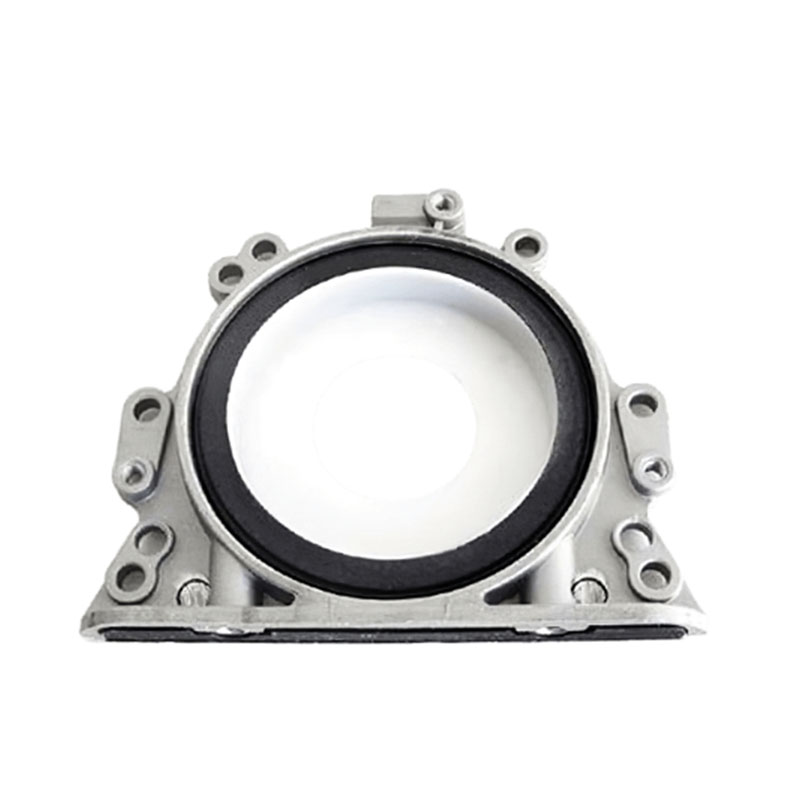Understanding the Importance and Maintenance of Sump Plug in Your Vehicle
Understanding the Sump Plug Its Importance and Maintenance
The sump plug, often overlooked in automotive and machinery maintenance, plays a crucial role in ensuring the effective operation of engines and various systems. Located at the lowest part of the oil sump, the sump plug serves as a drainage point for the oil reservoir. This article delves into the significance of the sump plug, its function, maintenance considerations, and common issues associated with it.
What is a Sump Plug?
The sump plug is a threaded component that is fitted into the oil sump or tank, allowing for the retention of oil within the engine while also providing a means to drain it when necessary. Typically made of metal, this plug is designed to withstand the extreme conditions of engine operation and is usually fitted with a gasket to prevent any leaks.
Importance of the Sump Plug
1. Preventing Oil Leaks The primary function of the sump plug is to seal the oil sump. When properly installed, it prevents oil from leaking out, which is critical for maintaining the correct oil levels and ensuring lubricative efficiency.
2. Facilitating Oil Changes When it comes time to change the engine oil, the sump plug is essential. It allows the old oil to be drained completely from the system, ensuring that fresh oil can be added without contamination, thus promoting engine longevity and performance.
3. Monitoring for Issues A sump plug can also serve as an inspection point. Mechanics and owners can check the condition of the oil during a change. If metal shavings or contaminants are present on the plug's surface, it may indicate underlying engine issues that require further investigation.
Maintenance of the Sump Plug
Proper maintenance of the sump plug is critical for optimal engine performance
. Here are some key considerationssump plug

1. Regular Checks Regularly inspect the sump plug when checking oil levels or during oil changes. Look for any signs of oil leakage around the plug, which could indicate a faulty gasket or improper installation.
2. Correct Torque When reinstalling the sump plug after an oil change, it's vital to use the correct torque specifications as outlined by the vehicle or machinery manufacturer. Over-tightening can lead to stripping the threads or cracking the sump, while under-tightening may cause leaks.
3. Gasket Replacement Each time the sump plug is removed, consider replacing the gasket. A worn-out or damaged gasket can lead to leaks, compromising the effectiveness of the sump plug.
4. Watch for Corrosion Given that sump plugs are often subjected to harsh conditions, it’s essential to check for signs of corrosion. If the plug appears corroded or is showing significant wear, it should be replaced promptly to prevent potential failure.
Common Issues Associated with Sump Plugs
1. Stripped Threads One of the most common issues encountered with sump plugs is stripped threads. This can happen due to over-tightening or the plug being made from inferior materials. Stripped threads may require a thread repair kit or even a replacement oil sump.
2. Oil Leaks If you notice oil pooling under your vehicle, it could be a sign of a faulty sump plug. Leaks not only compromise engine lubrication but can also lead to larger and more costly repairs if not addressed swiftly.
3. Difficulty in Removal Over time, sump plugs can become lodged due to corrosion or debris buildup. This can make oil changes difficult and may necessitate special tools or techniques for removal.
Conclusion
In summary, the sump plug may be a small component, but its role in engine maintenance cannot be underestimated. By regularly inspecting and maintaining the sump plug, vehicle owners can prevent oil leaks, facilitate smooth oil changes, and address potential engine issues timely. Just like any vital part of a vehicle, attention to the sump plug ensures a vehicle runs efficiently, extends engine life, and ultimately enhances the overall driving experience. Regular maintenance and understanding of its importance will go a long way in maintaining the health of your engine.
-
The Ultimate Guide to Boat Propeller Bearings and Trailer Wheel Bearings
News Jul.31,2025
-
The Essential Guide to Marine Bearings and Boat Trailer Wheel Bearings
News Jul.31,2025
-
The Complete Guide to Heavy Duty Seals: Protecting Doors and Spaces Efficiently
News Jul.31,2025
-
Essential Guide to Marine Shaft Bearings and Boat Trailer Axle Bearings
News Jul.31,2025
-
Comprehensive Guide to Marine and Trailer Bearings for Safe Boating and Transport
News Jul.31,2025
-
Comprehensive Guide to Automotive Oil Seals: Protecting Your Engine and Shafts
News Jul.31,2025
-
Understanding Automotive Oil Seals: Essential Components for Engine and Shaft Protection
News Jul.30,2025
Products categories















